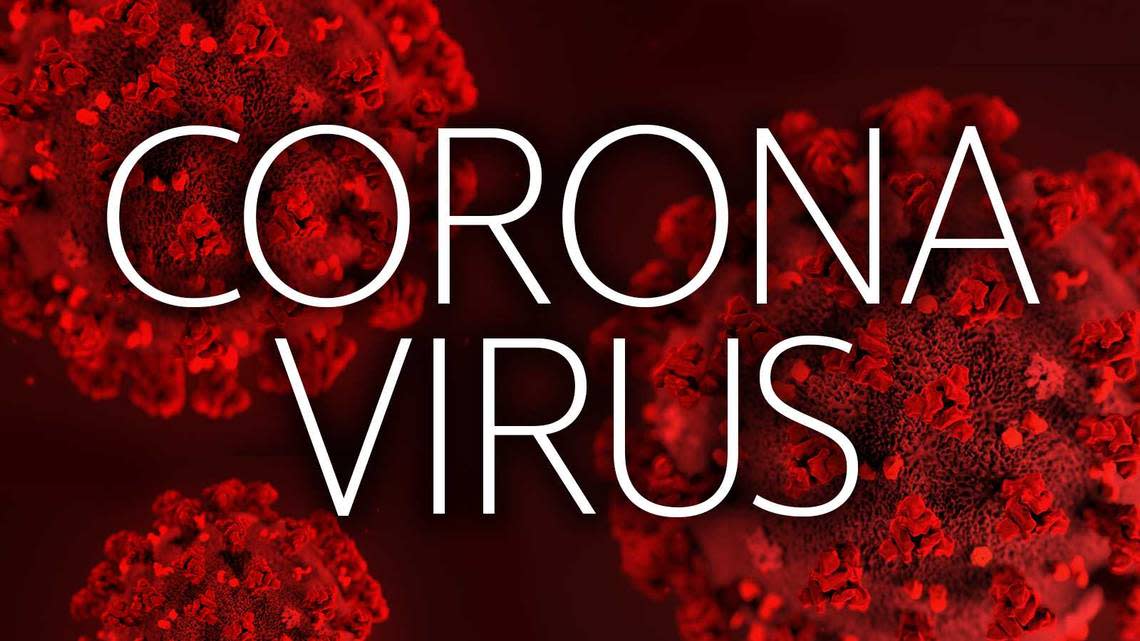COVID-19 infections suddenly increase in Stanislaus County. What variants are to blame?

- Oops!Something went wrong.Please try again later.
It’s not a large increase in cases. But COVID-19 is making people sick in Stanislaus County this month.
County health officials said a rolling average rate was 3.7 cases per 100,000 population as of last week. That’s an increase from 2.6 coronavirus cases per 100,000 residents.
County public health released a COVID-19 test positivity rate of 10%, compared to 6.4% in July. The county is seeing a few outbreaks in congregate living centers.
Signs of COVID-19 transmission also are revealed in wastewater surveillance, as infected people shed the virus when they use the restroom.
In the latest analysis Aug. 5, Modesto’s wastewater reading for COVID increased 5% over the previous two-week period, while Turlock’s increase was 15%. The San Joaquin Valley region jumped from a low wastewater detection level to medium this month.
Officials said the XBB.1.5 subvariant is most prevalent in Modesto’s wastewater (59%) and represents 87% of Turlock’s test results. The XBB subvariant is in the family of Omicron variants and has stronger binding capabilities. According to information from UC Davis Health, it is more contagious than other variants but there is no evidence of more severe illness.
People infected may have a combination of the typical COVID symptoms, including fever or chills, cough, sore throat, body aches, headache, nasal congestion and shortness of breath.
The EG.5 strain, an offshoot of XBB, also is being detected in larger proportions in California, but there’s no evidence that subvariant causes more pernicious disease.
Kamlesh Kaur, a health educator for the county, said COVID-19 tended to produce summer and winter surges when it was running rampant. What’s going on this month is more like a bump on the line graph.
Deaths, about eight per day statewide, and hospitalizations are very low in California compared to previous trends with COVID-19.
Health officials advise people who are sick to stay home and get tested, because the same symptoms may indicate flu or another viral illness. People susceptible to severe illness may want to wear an N95 mask in public or at a gathering.
Those testing positive for COVID-19 can ask their doctor about oral antiviral pills within five to seven days of symptoms. According to a Yale Medicine blog, an often-used treatment, Paxlovid, helps to prevent severe illness for high-risk individuals. Some people have reported a rebound effect, or temporary relief and then a return of symptoms.
Here is updated information on COVID vaccines:
The mRNA booster shots currently available are bivalent, protecting against both the original coronavirus and the earlier omicron variants that became widespread in 2022.
Updated vaccines are expected in the fall with only a monovalent version that targets XBB.1.5, the more recent omicron subvariant.
The California Department of Public Health expects vaccine recommendations for all age groups in mid to late September, after which healthcare providers should be able to order updated vaccines.

